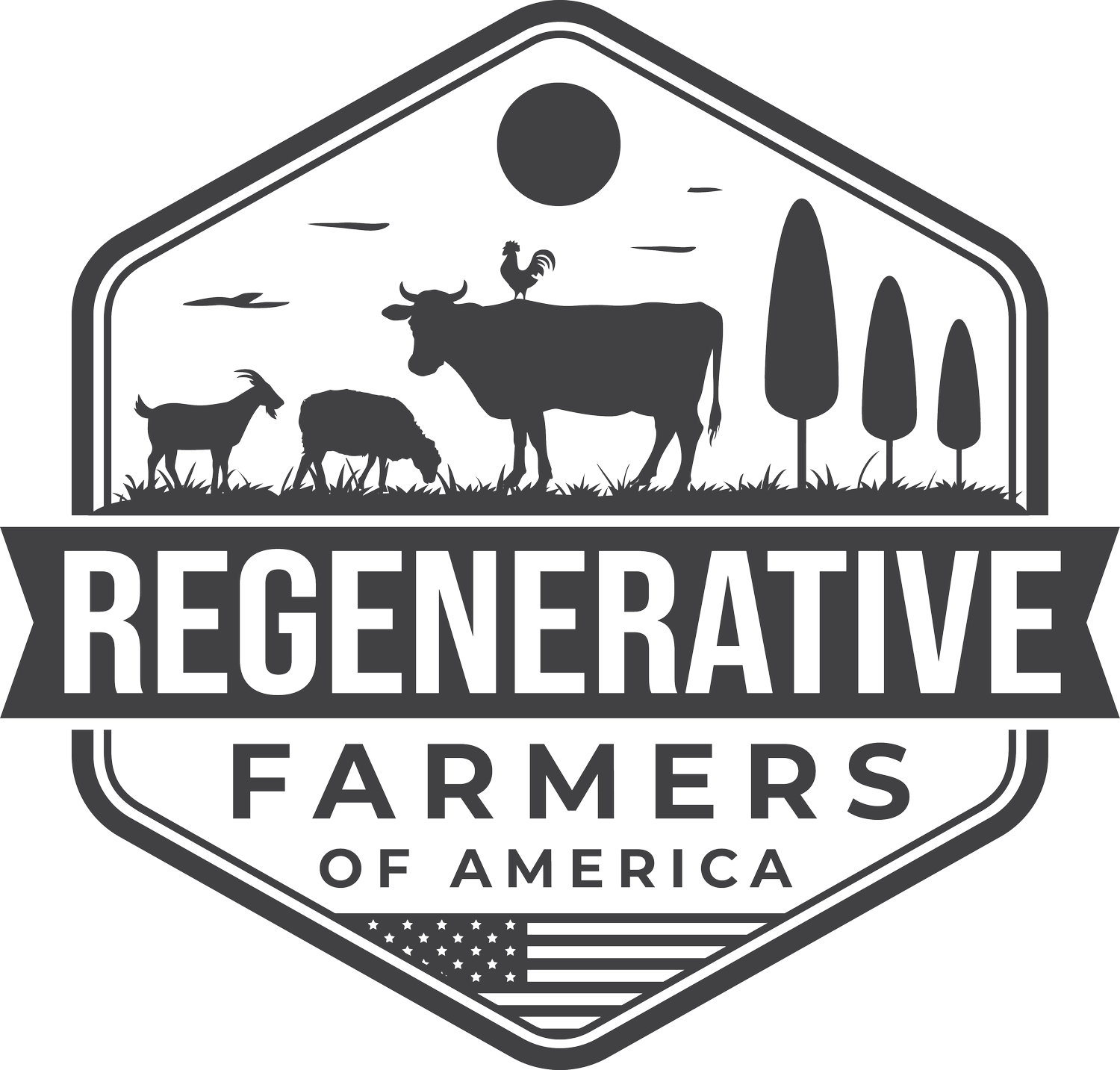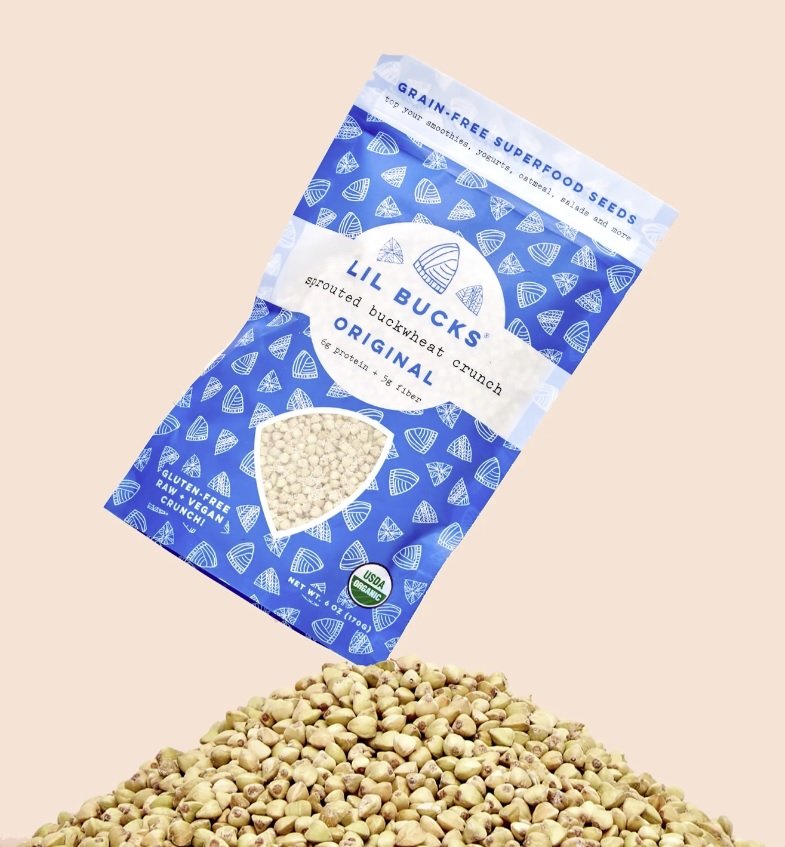How are Regenerative grains different from conventional?
How are grains traditionally grown?
In traditional grain mono-crop systems, farmers cultivate only one type of grain on a large scale, which often leads to heavy use of chemicals such as fertilizers, herbicides, and pesticides. These chemicals are used to increase yields and protect crops from pests and diseases, but they can have negative impacts on the environment. Chemicals can leach into the soil and nearby water sources, leading to pollution and harming ecosystems. Additionally, monocropping can deplete soil nutrients and reduce biodiversity, leading to long-term negative effects on the land.
The production of regenerative grains is done without the use of synthetic pesticides and fertilizers, and often involves open-pollination, which allows for natural cross-pollination between plants and helps preserve genetic diversity.
Examples of grains include wheat, corn, rice, and other staple crops that form the backbone of the world's food supply.
Benefits of Regenerative grains
It can help build soil organic matter, increase soil fertility, and reduce erosion.
Regenerative grain production can support a diverse array of plants, animals, and microbes, which can improve ecosystem services such as pollination and pest control.
By improving soil health, regenerative grain production can reduce the impact of weather extremes and increase yield stability.
By sequestering carbon in the soil and reducing emissions from synthetic fertilizers and tillage, regenerative grain production can help mitigate the effects of climate change.
By reducing inputs such as synthetic fertilizers and pesticides, regenerative grain production can save farmers money and increase profitability and reduce chemicals in the grain products.
How regenerative grains are produced?
Regenerative grains are produced through regenerative agriculture practices that focus on promoting soil health, biodiversity, and ecosystem services.
Farmers will employ systems like:
Companion planting where they plant a variety of flowers, plants, and even trees near the grains to encourage pollination, protection, and symbiotic growing relationships
Cover crops where crops are planted in between harvests with the specific purpose of improving the soil for the grain to be planted later.
No till or reduced tillage where instead of using regular tilling methods. New equipment called no-till drills are being used to keep soil structure in place which reduces carbon released by conventional tilling methods.
How are regenerative grains different?
Regenerative grains offer numerous advantages over conventional grains, including
greater local adaptation
resilience
and sustainability.
In terms of food, regenerative grains can lead to the production of healthier and more nutritious crops. Some studies show that products grown in regenerative soils have significantly higher nutrient content for the end consumer.
Additionally, regenerative agriculture practices can help improve soil health, and reduce the need for synthetic pesticides and fertilizers. This leads to fewer chemicals in your foods!
And of course, for the planet, regeneratively grains have a lower carbon footprint that allows farmers to produce amazing food with less ecological impact.
By choosing regenerative grains, consumers and farmers can support a more sustainable and environmentally friendly food system, while also improving the health and nutritional value of their food.
Farms Producing Regenerative Grains Successfully
Guardian Grains
Guardian Grains is a fourth-generation farm run by a husband and wife team who are committed to regenerative agriculture. Their focus is on maintaining soil health and promoting biodiversity, which they believe is key to producing high-quality grains.
To achieve this goal, they avoid harmful practices such as tillage, fertilizers, and pesticides, and instead use cover crops and companion planting to improve the soil microbiome. This results in nutrient-dense grains that are full of fiber, vitamins, and minerals that can improve human health and immune system function.
Additionally, the use of regenerative agriculture helps to reverse global trends by capturing carbon in the soil and above-ground biomass. The company prides itself on producing wholesome and nutritious grains that are better for both the planet and its inhabitants. Guardian Grains is dedicated to making a positive impact on the world, one grain at a time.
Support this company by buying directly from them here.
Lil Bucks
Lil Bucks is a company founded by Emily, inspired by her life-changing experience with a sprouted buckwheat seed acai bowl in Australia. The company's mission is to introduce the unique benefits of sprouted buckwheat seeds to the American market and promote its consumption as a healthier alternative to sugary granolas.
Their first product line, Lil Bucks, offers crunchy, gluten-free, and grain-free snacks made from sprouted buckwheat seeds. In line with its mission, Lil Bucks partners with American farmers, with a focus on regenerative agriculture, to improve soil health in North America. The company takes pride in its commitment to promoting both human and environmental health and continues to spread the love of sprouted buckwheat seeds to crunch-loving Americans who want to feel their best. Support their company by buying directly here.
We hope this has helped show you how the way in which we grow food makes a difference to the soil, human health, and the planet! You can make an impact by choosing what you eat and voting with your dollar to transition the world to regenerative agriculture!




